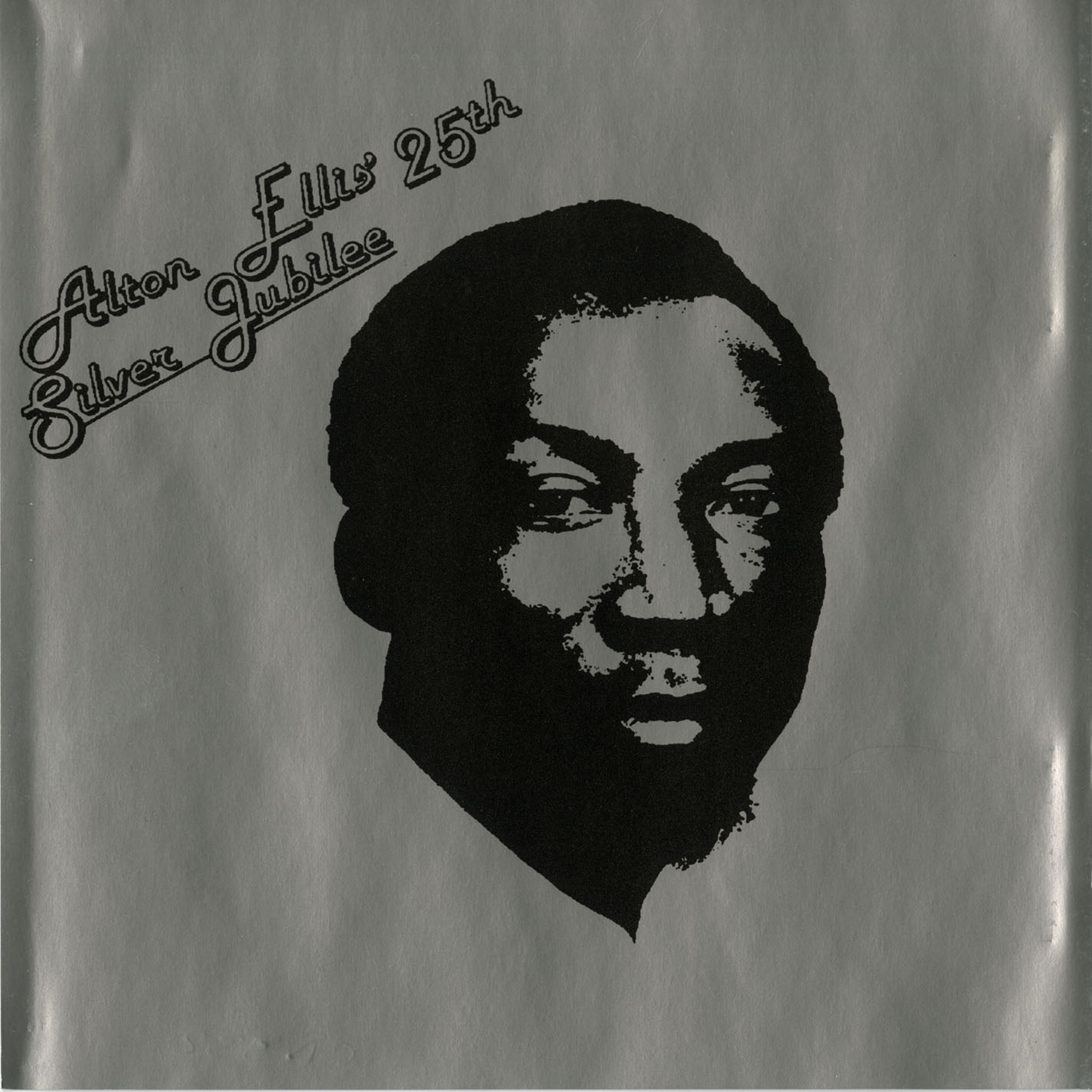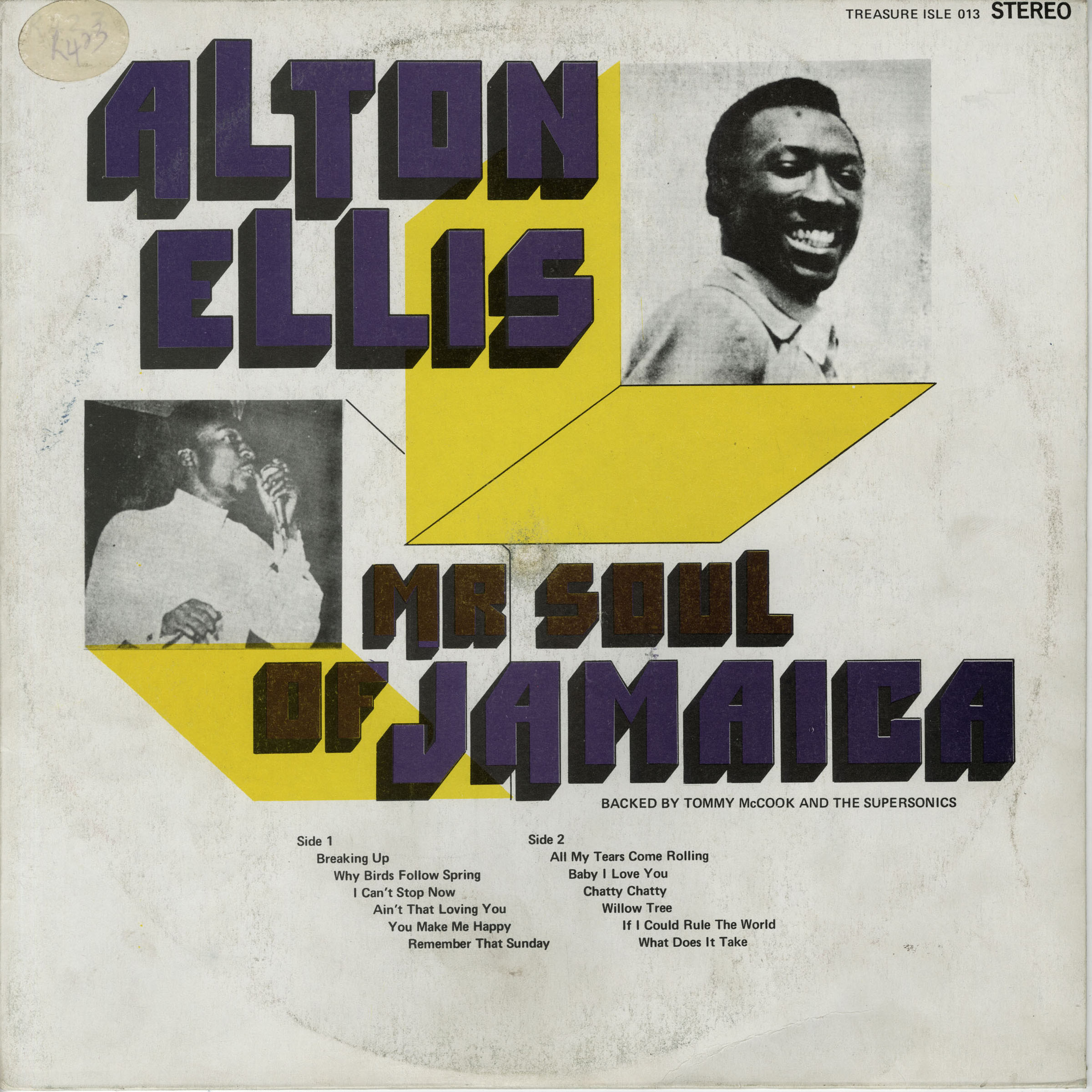
ALTON ELLIS (1938 - 2008)

Alton Ellis, popularly known as the “Godfather of rocksteady”, was one of Jamaica’s most popular singers whose music, though not limited to rocksteady, was particularly definitive of that era. His song Come Do The Rocksteady was the first to include the word rocksteady and as such has historical value in the development of Jamaican music. He had a strong fan base in Jamaica and the Jamaican immigrant community in Britain and unlike other ska and rocksteady artistes at the time he achieved success on the international scene.
Born in Kingston in 1944, he was raised in Trench Town. In 1959 he formed a duo with his friend Eddie Perkins and they made their first recording, Muriel. Produced by Clement "Sir Coxsone" Dodd, of the legendary Studio One, the song was an immediate success that topped the Jamaican charts.
In the early 1960s Ellis left Dodd’s, Studio One for his arch-rival’s Duke Reid’s Treasure Aisle studio. He later assembled a group called the Flames, scoring one of the biggest hits of 1966 with Dance Crasher. Later he did Girl I’ve Got a Date, argued by many to be the first rock steady recording.
He went back to recording for Dodd, releasing songs such as A Fool, one of many songs inspired by the stormy relationship with his first wife, Pearl. I’m Still in Love was cut in 1967 and proved timeless as evidneced by the new version released by Sean Paul and Sasha in 2003.
In 1970, he scored big with his rendition of You've Made Me So Very Happy, and the following year, Deliver Us. By 1973, Ellis had moved to the United Kingdom, where he continued to record. Although based in the UK he continued to make notable recordings in Jamaica.
In 1994, Ellis received
the Order of Distinction from the Jamaican government in recognition of his
contribution to the island's popular culture. He died on October 11,
2008.